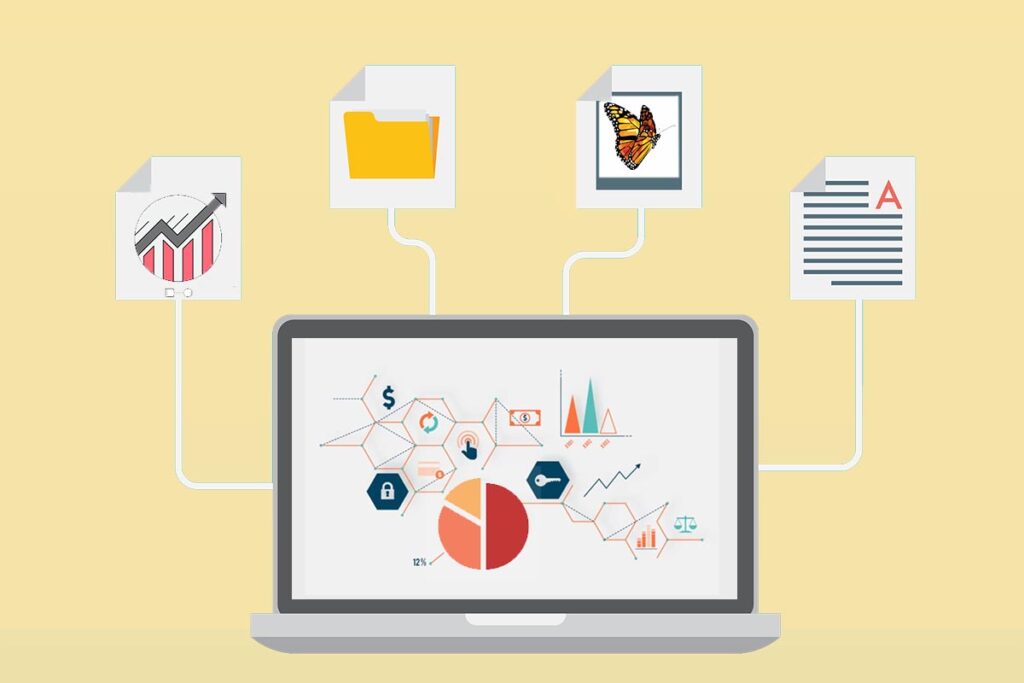As search engines become more sophisticated, understanding not just keywords but the underlying meaning and relationships between topics—semantic analysis—is crucial for SEO success. For Canadian agencies juggling bilingual sites, diverse provincial markets, and ever-evolving Google algorithms, AI-powered semantic tools offer a competitive edge. By automating entity extraction, topic clustering, and content optimization, agencies can deliver deeper insights, richer user experiences, and measurable ranking gains. This post explores the core tools, practical workflows, and Canada-specific considerations that define modern, AI-driven semantic SEO.
AI Semantic Analysis for SEO Agencies
Keyword stuffing and exact-match strategies have long since lost their potency. Today, search engines use natural language processing (NLP) and knowledge graphs to understand user intent and surface the most contextually relevant content. Semantic analysis allows agencies to:
- Map Topic Relationships: Identify related entities, subtopics, and conversational queries that support pillar pages and clusters.
- Enhance Relevance: Align content with the full spectrum of user needs, from informational to transactional intent.
- Improve E-A-T Signals: Demonstrate expertise and authority by covering all aspects of a topic, including regional nuances.
- Future-Proof Content: Reduce vulnerability to algorithm updates by focusing on meaning rather than rigid keywords.
By integrating AI into semantic analysis, agencies can scale these benefits across dozens or hundreds of client sites without sacrificing depth or quality.

Core AI Tools for Semantic Analysis
Several AI-driven platforms and APIs power advanced semantic workflows. Below are key categories and representative tools.
NLP APIs: OpenAI GPT and Google Cloud Natural Language
Large language models like OpenAI’s GPT series excel at understanding context, grouping related terms, and even generating topic-specific outlines. Google Cloud Natural Language API provides entity extraction and sentiment analysis, enabling you to pull out key people, places, and concepts from any text corpus.
Topic Research Platforms: MarketMuse and Clearscope
MarketMuse and Clearscope analyze top-ranking pages for a given keyword, surface related topics and entities you might be missing, and score your content’s semantic completeness. These platforms use AI to compare content against a dynamic “content model” of what Google expects for a topic.
SEO Suites with Semantic Modules: Semrush and SurferSEO
Semrush’s Topic Research tool generates “mind maps” of related subtopics and questions based on real search data in Canada. SurferSEO’s Content Planner uses NLP to recommend topic clusters and optimal word counts, helping you craft data-backed content briefs.
Designing AI-Driven Semantic Workflows
Building repeatable processes ensures your team can leverage AI effectively and maintain quality at scale.
Topic Discovery and Clustering
Start by feeding seed keywords or client brief into your AI tool of choice. Generate a list of related entities, questions, and subtopics. Group these into clusters around central “pillar” themes—such as “Ontario Small Business Tax Credits” or “Montreal Vegan Dining”—to capture both national and provincial intent.
Content Gap and Competitor Analysis
Use AI to scrape the top ten ranking pages for each pillar. Extract their headings, entities, and FAQs. An AI module can highlight missing topics or overused terms. This gap analysis guides your writers to cover overlooked angles—such as Quebec-specific regulations or French-language queries.
Outline Generation with LLMs
Prompt a large language model to produce a detailed outline that integrates your cluster keywords and recommended entities. For example:
pgsql
CopyEdit“Create an article outline on ‘Vancouver Home Energy Rebates’ including sections on eligibility, application process, provincial differences, and common FAQs.”
Review and refine the outline to ensure accuracy and brand tone before passing to content teams.
Entity Integration and Semantic Markup
As writers develop drafts, use AI-powered plugins to suggest schema markup—such as FAQPage, HowTo, or LocalBusiness—based on the content structure. Automatically generate JSON-LD snippets to signal entities and relationships to search engines.
Post-Publish Monitoring and Iteration
After publishing, monitor performance in Google Search Console and analytics: impressions, clicks, average position, and user engagement metrics. Automate weekly reports that flag pages with declining CTR or position drops. Use AI to recommend content refreshes—adding new entities or updating statistics—to maintain topical authority.
Tailoring Workflows for the Canadian Market
Canada’s bilingual landscape and regional variations require unique semantic considerations.
Bilingual Content Strategies
For French-English sites, maintain parallel topic clusters in both languages. Use AI translation tools fine-tuned on Canadian French to ensure idiomatic accuracy. Implement hreflang tags to guide Google between /en/ontario-tax and /fr/ontario-taxe.
Regional Entity Mapping
Incorporate province-specific entities—like “Manitoba Hydro incentives” or “Nova Scotia Energy Efficiency Fund.” AI tools that ingest local government websites and news sources help you mine the latest programs and FAQs to keep content hyper-relevant.
Best Practices and Ethical Considerations
While AI accelerates semantic SEO, responsible use ensures quality and compliance.
Prompt Engineering and Human Oversight
Craft precise prompts to guide AI toward accurate outputs. Always have subject-matter experts review AI-generated outlines, statistics, and recommendations to avoid factual errors or brand misalignment.
Data Privacy and Canadian Regulations
When processing user queries or behavioral data, comply with PIPEDA and provincial privacy laws. Ensure any AI services you use have robust data protection measures and clear data-retention policies.
Read Also : How to Prepare Your Website for Semantic Search: A Simple Guide for Canadian Business Owners
Conclusion
AI-powered semantic analysis equips Canadian SEO agencies to decode complex intent signals, craft deeply relevant content, and scale operations without diluting quality. By integrating NLP APIs, topic research platforms, and semantic SEO suites into structured workflows—tailored for bilingual and regional nuances—you can deliver measurable ranking improvements and richer user experiences. As AI continues to evolve, agencies that embrace these tools and ethical best practices will lead the charge in semantic excellence across Canada’s diverse digital landscape.
About the Author

Rajesh Jat
SEO Specialist at ImmortalSEO with expertise in technical SEO and content optimization.
View all posts